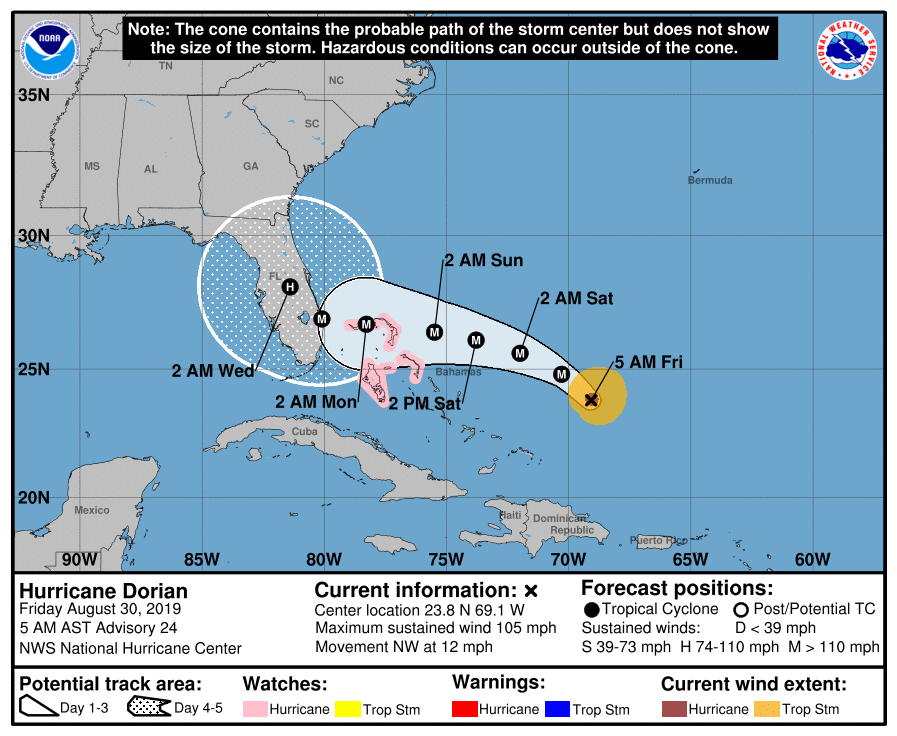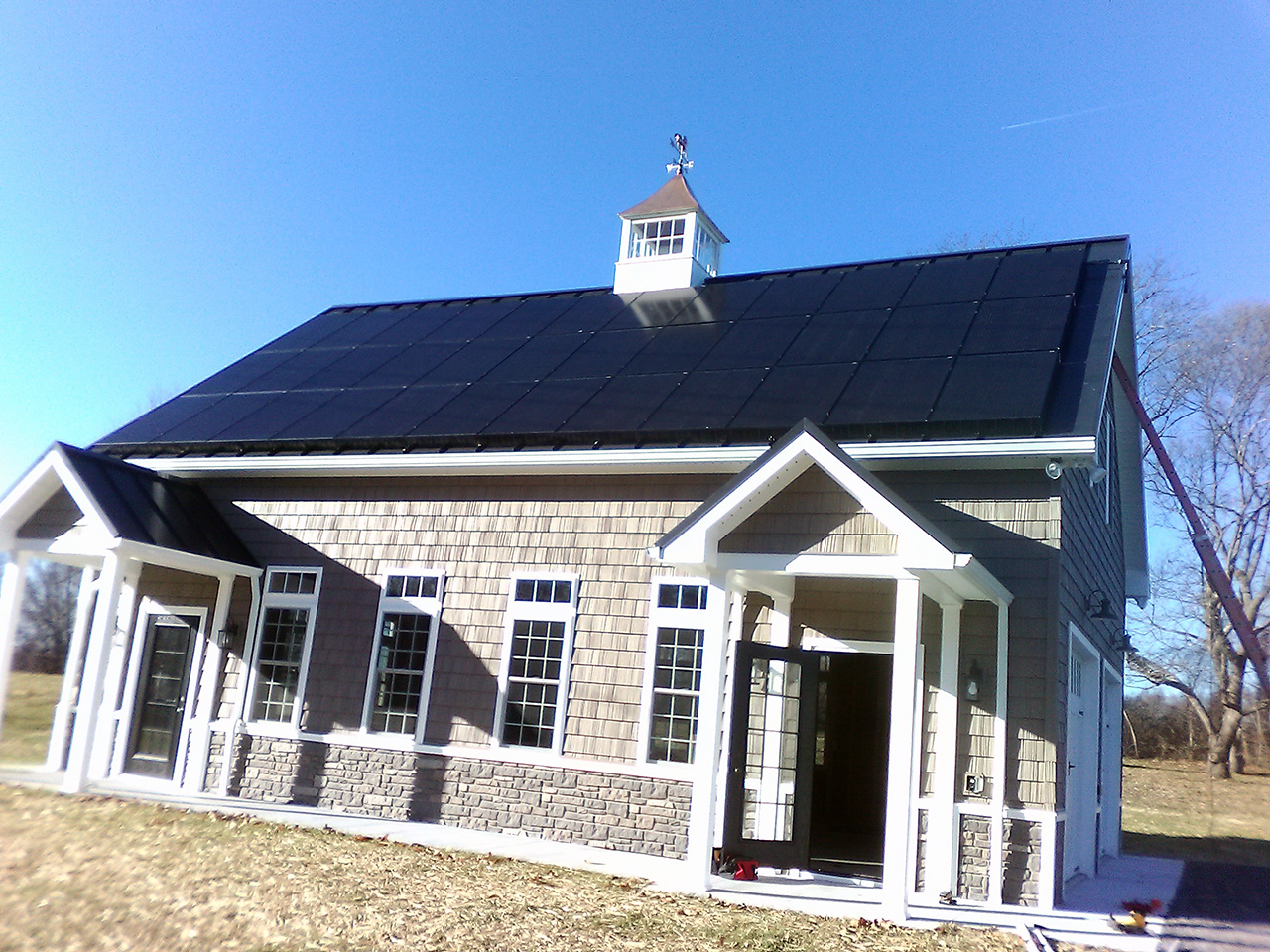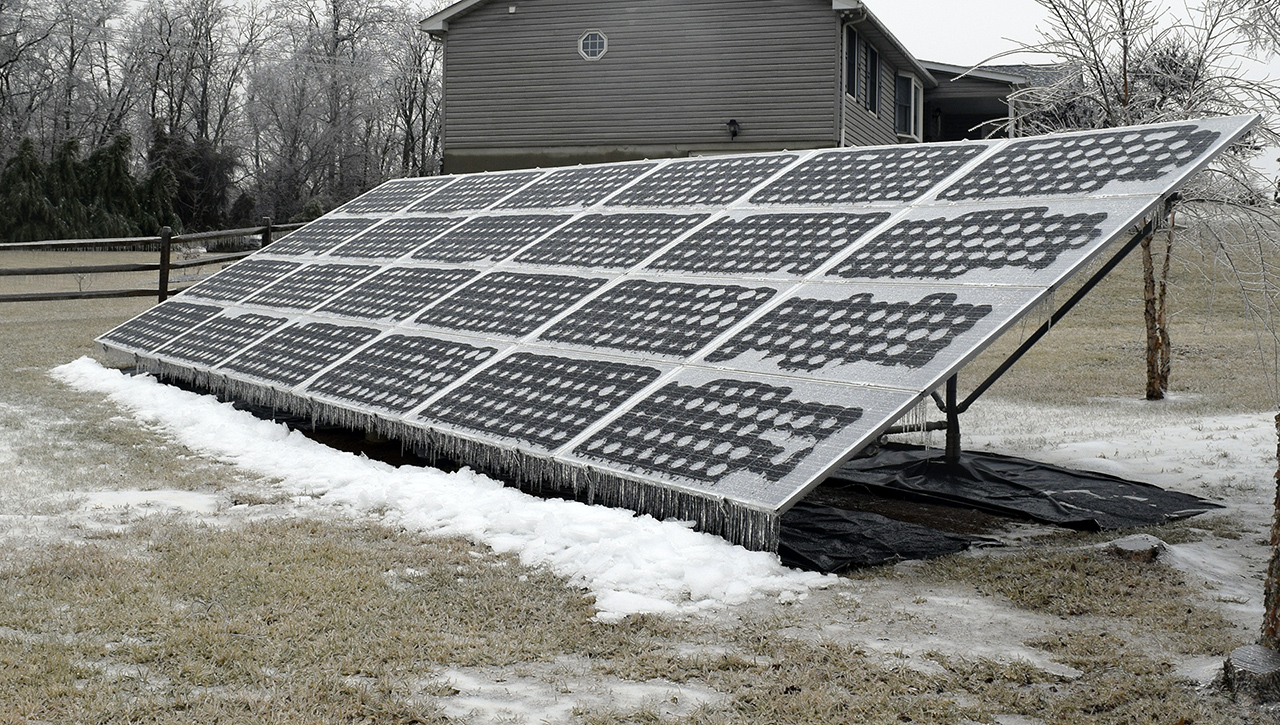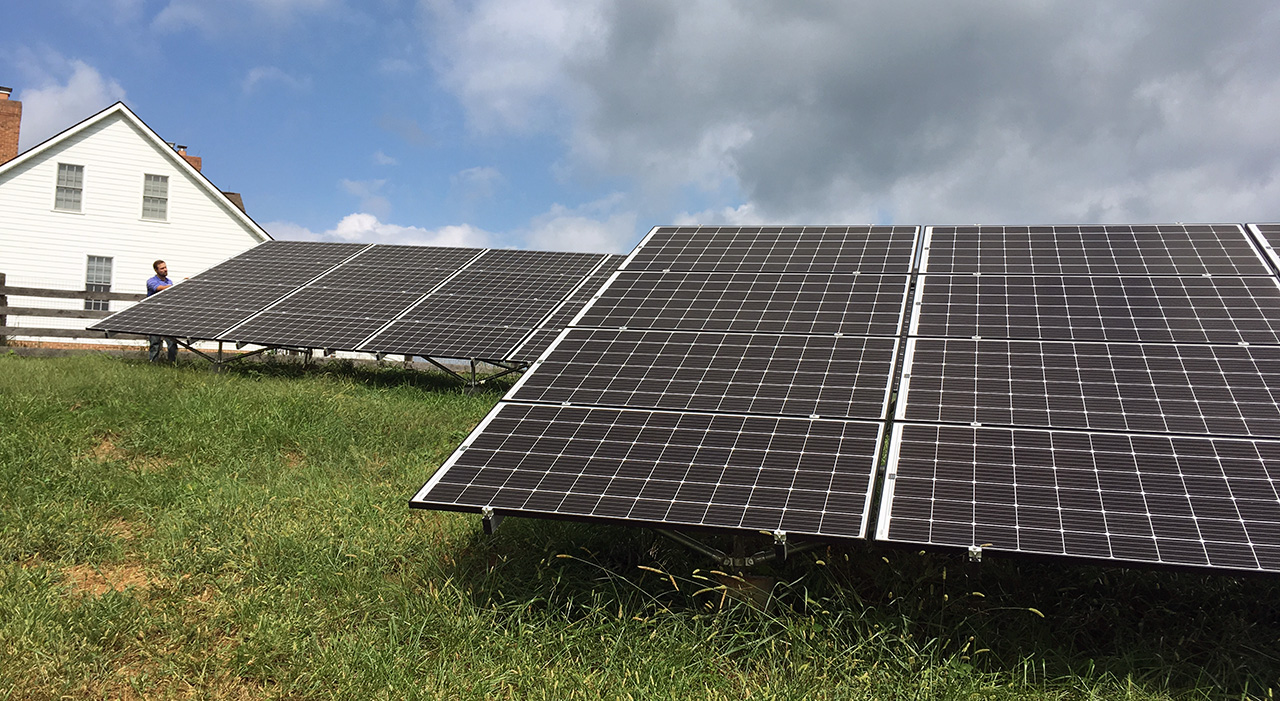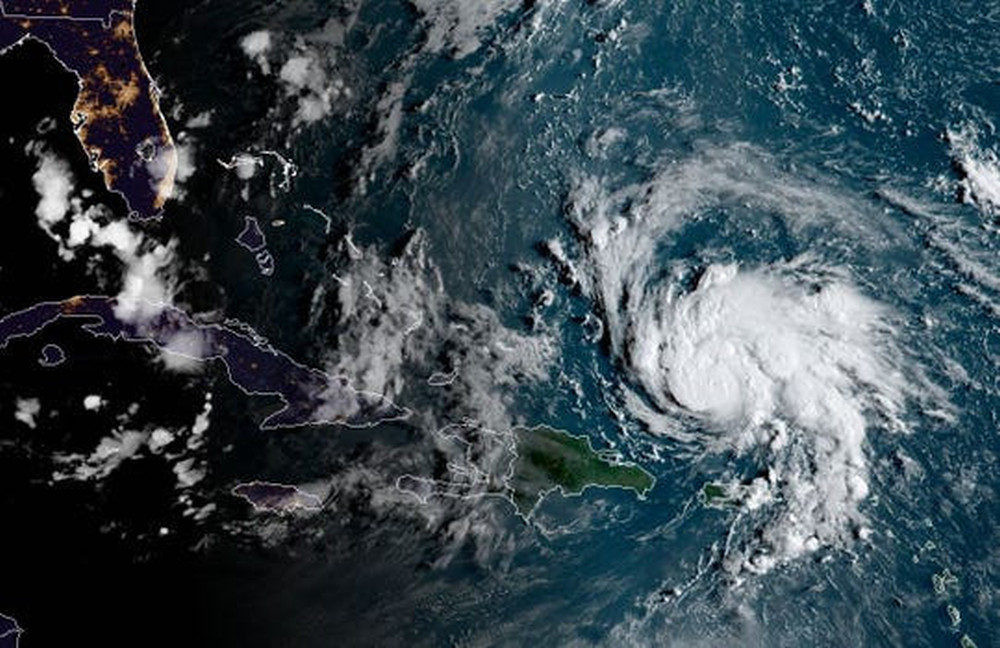 Although solar panels can pay for themselves in the long run, they are not a tiny investment. They cost quite a bit of money to install, so it is normal for people who are considering a solar installation to worry about what effects the weather may have on their new investment. Of course, the usual concerns, such as how well solar works on overcast days, in the rain, or in the snow, are on the front of most people’s minds. We’ll answer those questions briefly in this post. Others are concerned about more dangerous weather. What will happen if your new solar installation is hit by a hail storm, or worse, hurricane-force winds? What about tropical storms? Just how much wind is needed before your solar panels are destroyed? We think you’ll be pleasantly surprised by the answer, so let’s dive right in and take a look at how solar panels are built to withstand the elements.
Although solar panels can pay for themselves in the long run, they are not a tiny investment. They cost quite a bit of money to install, so it is normal for people who are considering a solar installation to worry about what effects the weather may have on their new investment. Of course, the usual concerns, such as how well solar works on overcast days, in the rain, or in the snow, are on the front of most people’s minds. We’ll answer those questions briefly in this post. Others are concerned about more dangerous weather. What will happen if your new solar installation is hit by a hail storm, or worse, hurricane-force winds? What about tropical storms? Just how much wind is needed before your solar panels are destroyed? We think you’ll be pleasantly surprised by the answer, so let’s dive right in and take a look at how solar panels are built to withstand the elements.
Hurricanes
Aside from tornadoes, which pretty much destroy everything they make contact with but nothing else, hurricanes are the most severe weather threat that we tend to face. A direct hit from a powerful hurricane can pummel an entire city, reducing entire houses to rubble as it does. Obviously, if your house is rubble, your solar panels aren’t going to be in very good shape. Although at that point, the solar panels are the least of your concern. Let’s talk about less severe hits from hurricanes, which can still down trees and cause lots of other damage. What will they do to your solar panels?
Although high winds are one of the biggest threats to your panels, the panels are engineered to withstand those winds. In reality, so long as your roof survives the hurricane the solar panels attached to them should as well. A similar situation exists for panels that are installed on the ground. There is no roof to use as a metric, but if a roof where there and would survive then the panels likely will as well.
But what about flying debris? High winds aren’t the only threat that hurricanes pose. What if rocks or a garden gnome is sent hurtling into your made-of-glass solar panels, will they break? It’s possible. But it isn’t particularly likely. Flying garden gnomes aren’t a regular threat, but in some areas hail is. Solar panel standards require a degree of resistance to being pelted by golf ball-sized chunks of ice. The same engineering that helps to protect your panels from hail helps to protect them from hurricane-induced garden gnomes. Also, if you were wondering if hail is a threat to solar panels, then you now have the answer.
In fact, solar will likely leave you better off than your neighbors should a hurricane hit. After hurricane Irma, not only did most of the solar panels survive the storm, but they allowed for homeowners who had batteries to have power while everyone else was waiting on the electric company to come and fix the downed lines. The storm also kept some of the traffic lights working. You might notice while driving down the road that some traffic lights in your area are powered, at least partly, by solar as well.
What about less dangerous weather?
We’ve found that once you mention one sort of weather, people will inevitably ask about how other conditions may affect their solar panels as well. So we are going to quickly go over some of the other conditions that you may have some concerns about now that your fears of the most inclement weather have been largely put to rest.
Dirt
Over time, dirt and pollen can accumulate on anything. Certainly, these things will block the efficiency of your panels, right? Yes. Dirt and pollen will take a negligible amount of power from your output. This loss of power is taken into account when your panels are installed. Because panels are installed at an angle, they will self-wash when the next rain occurs. Unless you live in an area that is heavily prone to soiling or have your panels installed at a nearly flat angle, it will cost more to have someone clean them than the negligible amount you would lose in power while you wait for the next storm.
Rain and Clouds
Clouds, and the rain that often comes with them, can block out some of the light from the sun. Like dirt, this can decrease the efficiency of your solar panels. On very overcast or rainy days, you may see a greater loss of output than you would from everyday dirt accumulation. A reduction of output is not the same as a complete lack of output, however. Like dirt, Mountain View Solar will take into account the weather patterns that are common to your location when putting together an estimate.
Snow and Ice
If you’ve seen your roof covered in snow, then you must surely be thinking that it blocks out all of the sunlight. Well, no. It does block out a significant amount of sun, but some sun still does get through, so solar panels produce at least a little bit of energy. More importantly, solar panels retain heat very well. So that little bit of sun will help them melt the snow faster. This is similar to how snow on a driveway melts before snow on the ground. Again, the angle of the panels helps them prevent snow from accumulating. Snow on the ground also helps to reflect light back up to the panels, which actually helps them produce more electricity if they themselves are clear.
Conclusion
Your solar panels may be damaged by severe weather, but only under conditions that will result in significant damage to the rest of the house as well. While that is not a desirable outcome, the point is that solar panels are not as fragile as people think they are and will withstand quite a beating from mother nature.
The good news is that if you are in our service area, we don’t usually get hit by severe weather like hurricanes, so it isn’t something you’ll likely have to worry about anyway. If you have any other concerns about the durability or efficiency of solar panels, we invite you to contact us and talk to one of our experts today.


